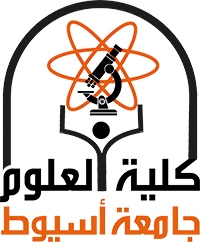The Gulf of Aqaba-Dead Sea Transform fault (DSTF), delineating a pivotal plate boundary, extends its influence across multiple countries, including Egypt, Saudi Arabia, Palestine, Jordan, Syria, Lebanon and Turkey. This broad geographic reach underscores the importance of evaluating seismic hazard in the region, especially in the context of extensive development initiatives like the Saudi NEOM project, to ensure the resilience of these projects in the face of potential seismic activity. This study provides a reassessment of the probabilistic seismic hazard, focusing on peak ground acceleration (PGA) and spectral acceleration (SA) values. The evaluation considers a 10 and 5% probability of exceedance in a 50-year timeframe for both B/C and C NEHRP site classes. The analysis incorporates seismic activity from Egypt and its surroundings, along with the European seismic source model SHARE (Seismic Hazard Harmonization in Europe), encompassing both shallow crustal and intermediate-depth seismicity. The study employs four ground-motion prediction equations, accounting for earthquakes in shallow active crustal tectonic regimes and intermediate-depth events linked to the Cyprian Arc in the Eastern Mediterranean. A logic tree integrates various parameters, including the uncertainty related to the Gutenberg-Richter b-value, maximum possible magnitude, and three alternative ground-motion attenuation models for shallow active seismic sources. Highlighting the most notable findings, we found three focal points along the DSTF exhibiting significantly higher hazard values. These nuclei are specifically situated in the central part of the Gulf of Aqaba, the area between the Dead Sea and the Sea of Galilee, and the northeastern extension or termination of the DSTF, where it intersects with the East Anatolian Fault at the Hatay Triple Junction. A distinct pattern emerges, underscoring that Nuweiba (Egypt), Nicosia (Cyprus), Latakia (Syria) and Iskenderun (Turkey), consistently manifest the highest seismic hazard values among all cities analyzed. For these cities, the pairs of maximum spectral acceleration (SAmax) values, corresponding to both 475 and 975 years under B/C site conditions, are as follows: 0.72 and 0.91 g, 0.69 and 0.86 g, 0.58 and 0.77 g, and 0.57 and 0.77 g, respectively. These outcomes underscore the critical importance of considering and addressing the seismic potential of these specific regions for effective risk mitigation and disaster preparedness efforts.
Research Abstract
Research Date
Research Department
Research Journal
In: Hamimi, Z., et al. Seismotectonics of the East Mediterranean-Red Sea region. Advances in Science, Technology & Innovation. Springer, Cham.
Research Member
Research Publisher
Springer
Research Website
https://doi.org/10.1007/978-3-031-80928-6_22
Research Year
2025

